This is how I solved this problem.I'm gonna leave the answer here in case some finds it useful when running into the same task. It is just a start, feel free to add a transition or extend this method:
1) Copied the bootstrap themes folders into the assets folder as shown:

2) Added a link as the last line of the index.html file so it would override any injected style by Angular:

3) Added a toggle button to my nav component.html template:
<nav>
......
<div class="custom-control custom-switch ml-2">
<input (click)="changeTheme()" type="checkbox" class="custom-control-input" id="customSwitch1">
<label class="custom-control-label" for="customSwitch1"></label>
</div>
</nav>
4) Added the changeTheme() method to the nav.component.ts file:
import { Component, OnInit } from '@angular/core';
....
export class NavComponent implements OnInit {
isDarkTheme = false;
constructor() { }
ngOnInit() {
}
/** Rest of the methods of the class are hidden **/
changeTheme(): void {
if (this.isDarkTheme) {
document.getElementById('global-theme').setAttribute('href', 'assets/styles/united/bootstrap.min.css');
this.isDarkTheme = false;
} else {
document.getElementById('global-theme').setAttribute('href', 'assets/styles/darkly/bootstrap.min.css');
this.isDarkTheme = true;
}
}
}
4) Here is a demo:



